Part Four of a Five-Part Series on Heart Health
Pop quiz: Which of the following could be indicators of future heart problems?
a. Unhealthy cholesterol levels
b. High blood pressure
c. Elevated homocysteine levels
d. All of the above
e. What’s homocysteine?!?
If you picked D, you’re correct. But if you chose E, you’re not alone. While lesser known than other risk factors, homocysteine is important in its own right.
Homocysteine Levels Explained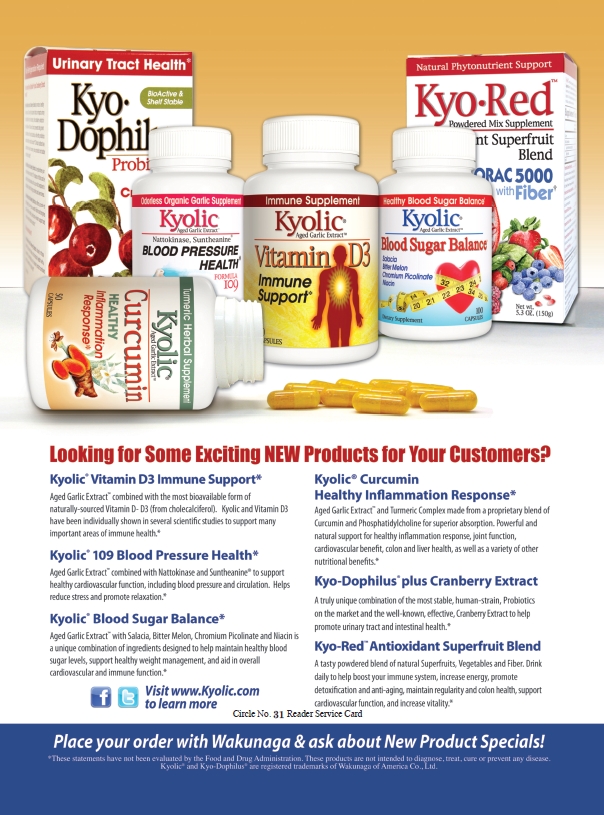
Homocysteine is a sulfur-containing amino acid that accumulates in the blood, often from meat consumption. While the American Heart Association (AHA) has not officially said that elevated homocysteine levels (>10 micromoles/liter) are a major risk factor for cardiovascular disease, the AHA does feel that it is “related to a higher risk of coronary heart disease, stroke and peripheral vascular disease (fatty deposits in peripheral arteries)” (1).
Here’s how homocysteine functions in the body. According to Sally Pacholok, RN, BSN, author of Could It Be B12? An Epidemic of Misdiagnoses (Quill Driver Books, 2nd Ed., 2011), our bodies release this amino acid when we digest proteins. Then, homocysteine is quickly recycled into another amino acid called l-methionine with the help of vitamin B12, folate and vitamin B6.
The body uses l-methionine as a sulfur component during its production of l-cysteine and other important substances. Plus, l-methionine is a source of methyl groups when the body makes compounds like choline, creatine and adrenaline, says Neil E. Levin, CCN, DANLA, nutrition education manager at NOW Foods, Bloomingdale, IL.
Thus, homocysteine’s recycling into l-methionine isn’t a problem; it’s natural and healthy. The trouble is that many people don’t consume enough B-vitamins to properly move homocysteine along. Other factors leading to high homocysteine include poor mythlation and genetics.
In the end, the arteries and the heart can be negatively affected. “If you’re deficient in any one of these vitamins [vitamin B12, folate and vitamin B6], this normal cycle is disrupted and homocysteine accumulates in your blood,” states Pacholok. “This is dangerous, because as homocysteine levels increase, you are at a greater risk for the formation of blood clots, which may lead to heart attack and stroke."
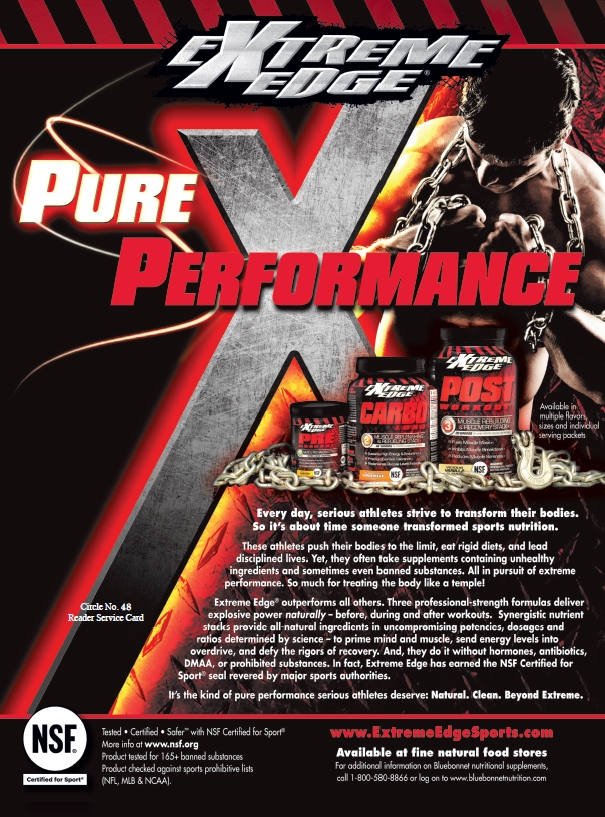 The reason why, says Pacholok, is that having too much homocysteine build-up may cause blood vessels to stiffen, which makes dilation a challenge. Plus, the inner lining of blood vessels becomes damaged, which “allows cholesterol, collagen and calcium to attach to the inner walls of your blood vessels, where they can form sticky deposits called atherosclerotic plaques,” she explains.
The reason why, says Pacholok, is that having too much homocysteine build-up may cause blood vessels to stiffen, which makes dilation a challenge. Plus, the inner lining of blood vessels becomes damaged, which “allows cholesterol, collagen and calcium to attach to the inner walls of your blood vessels, where they can form sticky deposits called atherosclerotic plaques,” she explains.
Aleksandra Niedzwiecki, Ph.D., CEO and director of research at the Dr. Rath Research Institute, Santa Clara, CA, expands on the collagen piece of the puzzle, something we don’t often hear about. “Damage to vascular collagen initiates biological processes that aim at repairing it and strengthening blood vessel structure,” she says, noting that this repair actually happens with a negative consequence: LDL cholesterol and Lp(a) deposits at the damage sites. States Niedzwiecki, “With time, excessive accumulation of cholesterol leads to build up of atherosclerotic deposits, increased inflammation and other hallmarks of cardiovascular disease.”
Trisha Sugarek MacDonald, B.S., M.S., director of research and development/national educator, Bluebonnet Nutrition Corporation, Sugar Land, TX, feels this inflammation contributes to a perfect storm of health problems. The inflammation “[creates] an environment for the peroxidation of lipids that allows foam cells to form, be attacked by macrophages and then plaque forms. [This leads] to an obstruction of the tissue’s blood supply which reduces the amount of oxygen reaching the tissue.”
This is bad news for the arteries and heart. Plaque build-up restricts bloodflow and increases the risk of heart attack, stroke, and other dangerous problems like clotting. Niedzwiecki states that clotting in the coronary arteries actually stop or reduce blood flow to the heart. “If clots form in the artery supplying blood to the brain, it leads to stroke,” she states.
Levin agrees with these risks, citing a 2011 review that demonstrated “a two-fold greater risk of stroke associated with hyperhomocysteinemia.” Medscape, too, links elevated homocysteine levels with a 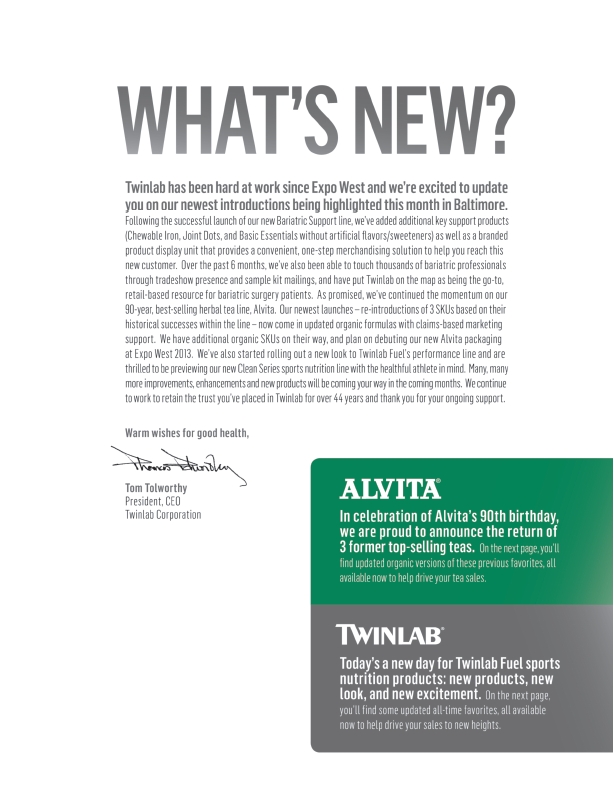 higher risk of stroke (2).
higher risk of stroke (2).
The Hemophilia and Thrombosis Center of Nevada says, “compared to the general population, persons with hyperhomocysteinemia have a 6.8-time greater risk of peripheral arterial disease, 2.5-time greater risk of strokes, and 2-time greater risk of heart disease” (3).
Despite all this, homocysteine’s role in heart problems is still controversial, Levin reminds us. In fact, homocysteine testing isn’t as universally accepted as other screenings like blood pressure. The medical community has no single recommendation for exactly who should be tested. And, according to WebMD, most insurance companies don’t cover expensive homocysteine bloodwork, which isn’t even widely available. So, you can’t bank on all shoppers knowing their homocysteine numbers. But for those that do and need additional support, point them to your B-vitamins.
B-eautiful Vitamins
A B-deficiency—especially vitamin B6, B12 and folic acid—is bad news for homocysteine accumulation. Without these cofactors of important enzymes, the homocysteine cannot convert to methionine. States Angelica S. 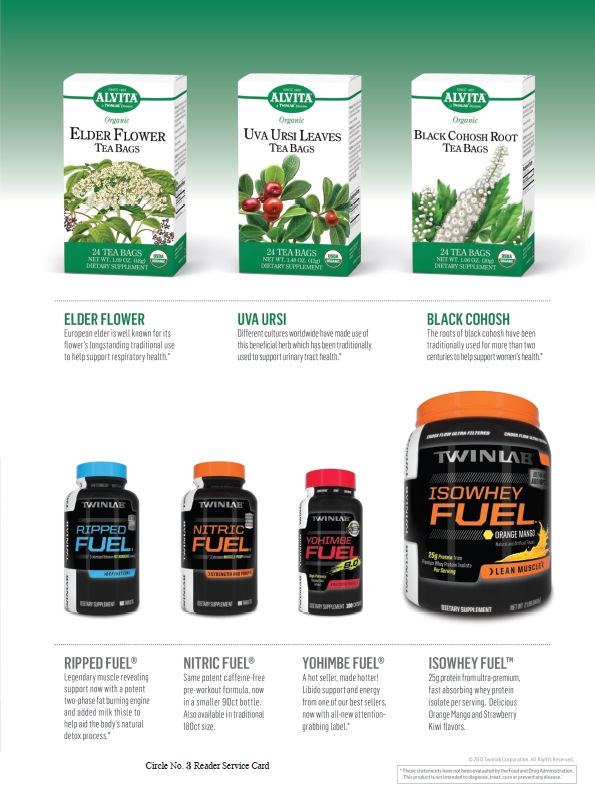 Vrablic, Ph.D., manager of nutrition research for Solgar Vitamin and Herb, Leonia, NJ, “Folate, B6, and B12 are involved in the metabolic pathway that metabolizes homocysteine; thus plasma homocysteine levels already within the normal range are maintained by the presence of these vitamins.”
Vrablic, Ph.D., manager of nutrition research for Solgar Vitamin and Herb, Leonia, NJ, “Folate, B6, and B12 are involved in the metabolic pathway that metabolizes homocysteine; thus plasma homocysteine levels already within the normal range are maintained by the presence of these vitamins.”
Pacholok adds some specifics about the various Bs: “Vitamin B12 and folic acid work together to reduce homocysteine levels by metabolizing it back to the amino acid, methionine. Vitamin B6 assists the breakdown of homocysteine to cysteine and other waste products. These three vitamins work together and must be present in adequate amounts to convert homocysteine into a nontoxic amino acid.”
Niedzwiecki points out that cofactors of vitamin B6, B12 and folic acid (like cystathionine beta synthase and cystathionine beta lyase) bolster the activity of vitamin B2, zinc and magnesium.
For all these reasons, having an adequate supply of folate and certain B vitamins is important. In addition, the following nutrients support healthy homocysteine levels:
• Betaine is the catalyst for converting homocysteine to methionine, says Niedzwiecki.
• Trimethylglycine (TMG), such as that derived from beets, benefits homocysteine levels. Sugarek MacDonald notes that TMG is found naturally in the body. “It helps break down homocysteine by donating a methyl group and converting it to methionine,” she states. “By providing the methyl groups, TMG is able to reduce homocysteine levels in the body for optimal heart health.”
• According to Levin, other methyl donors like choline, DMG and SAMe help turn B-vitamins into their coenzyme forms (which are necessary for homocysteine conversion).
•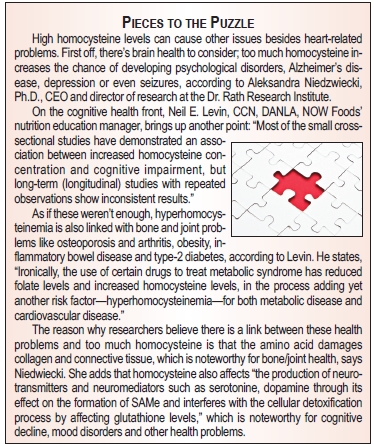 The antioxidant NAC was shown in studies to lower homocysteine levels (4).
The antioxidant NAC was shown in studies to lower homocysteine levels (4).
• Along with a multivitamin, an omega-3 supplement reduced homocysteine, triglycerides and C-reactive protein (5).
• In a 2009 study, taurine lowered homocysteine levels in women (from 8.5 +/- 1.2 micromol/L to 7.6 +/- 1.1 micromol/L) (6).
Diet and Beyond
We mentioned that meat consumption contributes to homocysteine build-up. But, a good diet can also support lower homocysteine levels. Vrablic states, “Healthy diets that include good sources of folate, B6, and B12, such as leafy greens, lentils, beans, and low-fat dairy, can support healthy homocysteine levels.”
Homocysteine can accumulate for other reasons. Pacholok pinpoints exercise, proper sleep and cessation of smoking as other factors that can lower homocysteine levels. Niedzwiecki says frequent alcohol intake depletes the body of B-vitamins, so it contributes to elevated homocysteine levels.
When the liver and kidneys are not at their healthiest, Levin explains, homocysteine levels can escalate since both organs are involved in homocysteine metabolism.
Age, too, plays a role. Niedzwiecki states, “Risk for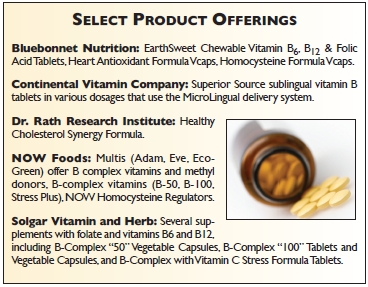 elevated blood homocysteine increases with age and over the age of 60 it is estimated that with every 10 years of age homocysteine level increases by 1 micromole per liter of blood.” Plus, some people have a genetic affinity for accumulating homocysteine in their blood, and thus require higher doses of folic acid, B-vitamins and betaine to keep their homocysteine levels in check, Niedzwiecki adds.
elevated blood homocysteine increases with age and over the age of 60 it is estimated that with every 10 years of age homocysteine level increases by 1 micromole per liter of blood.” Plus, some people have a genetic affinity for accumulating homocysteine in their blood, and thus require higher doses of folic acid, B-vitamins and betaine to keep their homocysteine levels in check, Niedzwiecki adds.
Pacholok stresses that consumers aren’t aware of homocysteine and why high levels are problematic. She believes awareness of the commonality of B12 deficiency is an important element, too. “The public needs education regarding the ease and prevalence of vitamin B12 deficiency, which is commonly misdiagnosed and undertreated,” she states. “When you add in the fact that the DRI or RDA for vitamin B12 is grossly outdated, this leads to a host of B12 deficiency-related complications.” WF
This heart health series is sponsored by
References
1. American Heart Association, “Homocysteine, Folic Acid and Cardiovascular Disease,” www.heart.org/HEARTORG/GettingHealthy/NutritionCenter/Homocysteine-Folic-Acid-and-Cardiovascular-Disease_UCM_305997_Article.jsp, accessed July 24, 2012.
2. Medscape, http://emedicine.medscape.com/article/1952251-overview, accessed July 24, 2012.
3. The Hemophilia and Thrombosis Center of Nevada, www.htcnevada.org/homocystein.htm, accessed July 24, 2012.
4. H. Yilmaz et al., “Effects of Folic Acid and N-Acetylcysteine on Plasma Homocysteine Levels and Endothelial Function in Patients with Coronary Artery Disease,” Acta Cardiol. 62 (6), 579–585 (2007).
5. C. Earnest et al., “Complementary Effects of Multivitamin and Omega-3 Fatty Acid Supplementation on Indices of Cardiovascular Health in Individuals with Elevated Homocysteine,” Int. J. Vitam. Nutr. Res. 82 (1), 41–52 (2012).
6. C.S. Ahn, “Effect of Taurine Supplementation on Plasma Homocysteine Levels of the Middle-Aged Korean Women,” Adv. Exp. Med. Biol. 643, 415–422 (2009).
Published in WholeFoods Magazine, September 2012












